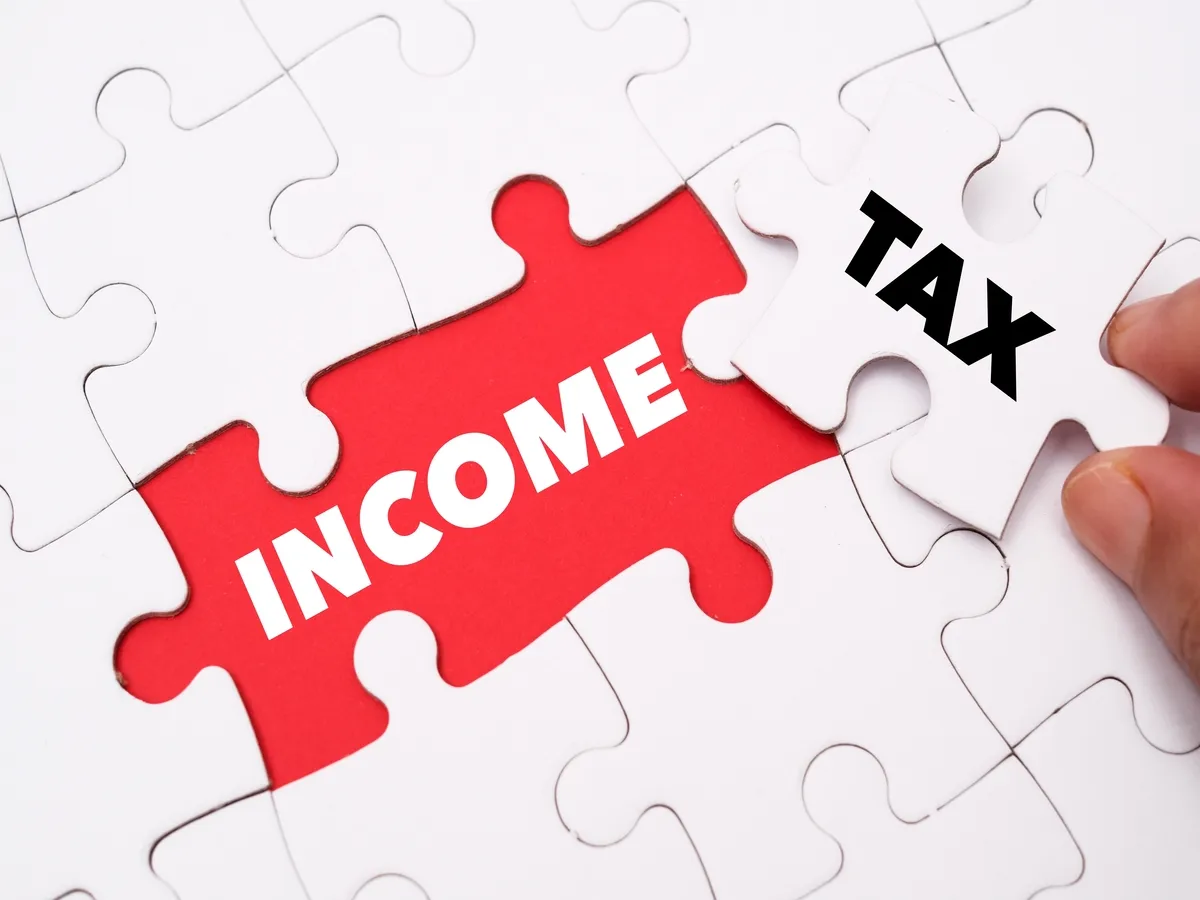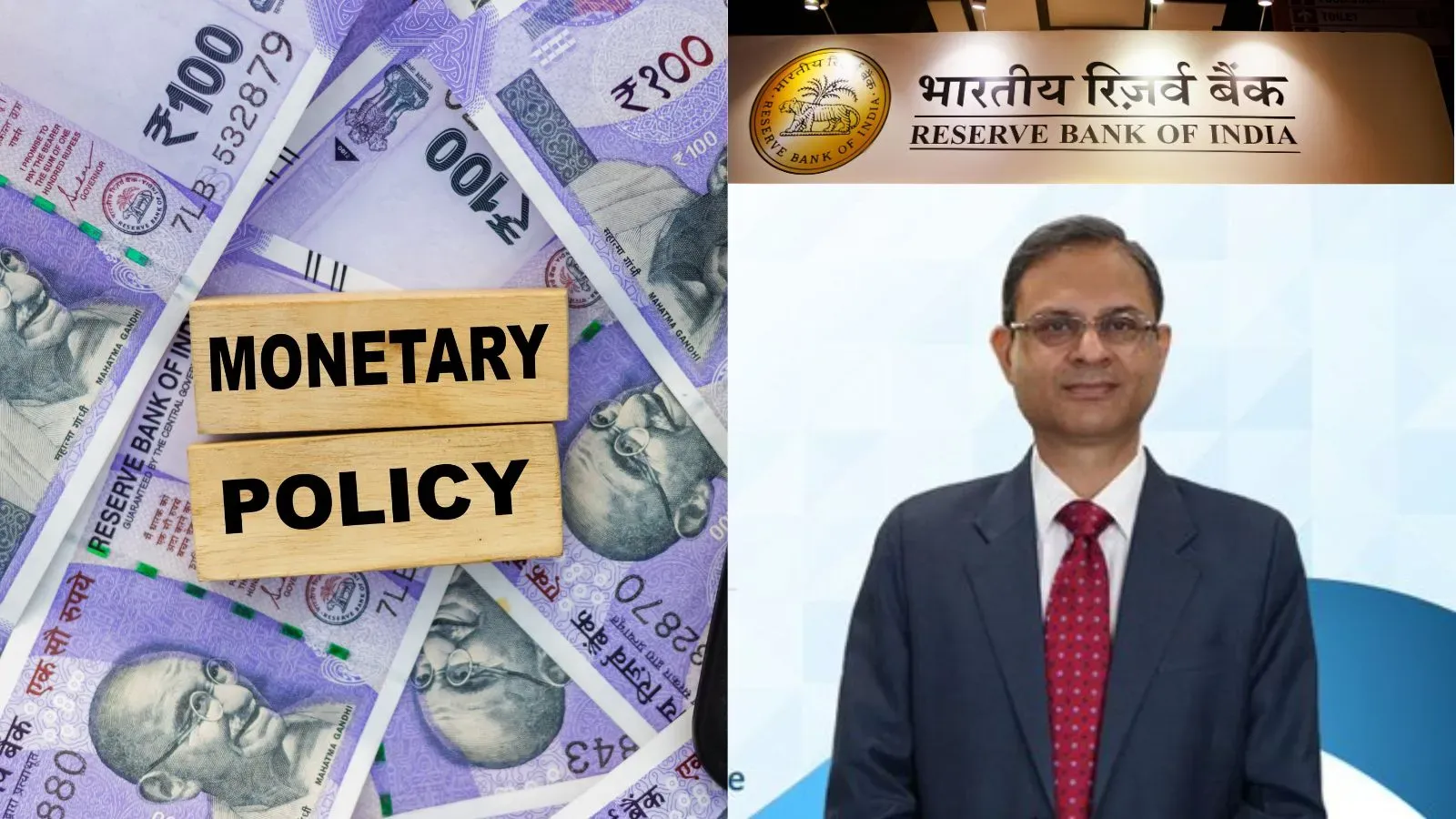Business News
Ahead of Budget 2024, here's your guide on the current tax regimes
.png)
5 min read | Updated on July 22, 2024, 11:18 IST
SUMMARY
In the upcoming budget, the salaried class expect favourable announcements like an increase in 80C exemption limit and standard deduction. Here’s an overview of the current structure of the old and new tax regimes.

Budget 2024: Check key details about tax regimes amid expectations of income tax relief
As Finance Minister Nirmala Sitharaman prepares to present her seventh straight Budget on July 23, the focus has again shifted to income tax rates.
The income tax slabs were left unchanged for the new financial year in the interim budget presented on February 1. However, speculations are now rife that the full budget may bring some respite for taxpayers amid a high inflation scenario.
Since the start of the financial year 2020-21, two income tax regimes have existed in India: the old and the new. Taxpayers have the option to switch between these tax regimes.
The old regime has higher tax rates with provisions of different deductions and exemptions. It also differentiates taxpayers on the basis of their age. In comparison, the new regime permits limited deductions and exemptions and treats everyone uniformly in lieu of lower tax rates.
Here’s a detailed look at the income tax regimes offered by the Department and the various exemptions and deductions allowed under each one.
The old tax regime
If a taxpayer has opted for the old tax regime to pay income tax, he/she becomes eligible to claim over 70 tax exemptions and deductions. These include the House Rent Allowance (HRA), Leave Travel Allowance, standard deduction, and deductions under Sections 80C to 80U, among others. After subtracting the eligible deductions from the gross annual income, taxpayers can arrive at their total taxable income.
Also, it should be noted that the basic exemption limit and tax rates under the old tax regime depend on the age and status of an individual. For an individual below 60 years of age, the basic exemption limit is ₹2.5 lakh. For senior citizens aged between 60 years and 80 years, the basic income exemption limit is ₹3 lakh. For super senior citizens aged 80 years and above, the basic income exemption limit is ₹5 lakh. For non-resident Indians (NRIs), the basic exemption limit is ₹2.5 lakh, irrespective of age.
Remember that cess and surcharges are also levied on the total income tax amount payable. Cess is levied at the rate of 4%, and a surcharge is levied if the total income exceeds ₹50 lakh.
Here's a look at the slabs under the old tax regime:
Income tax slabs for individuals aged below 60 years and HUF
| Annual taxable income | Tax rate |
|---|---|
| Upto ₹2.5 lakh | Nil |
| From ₹2.5 lakh to ₹5 lakh | 5% |
| From ₹5 lakh to ₹10 lakh | 20% |
| Above ₹10 lakh | 30% |
Income tax slabs for senior citizens between 60 to 80 years
| Annual taxable income | Tax rate |
|---|---|
| Upto ₹3 lakh | Nil |
| From ₹3 lakh to ₹5 lakh | 5% |
| From ₹5 lakh to ₹10 lakh | 20% |
| Above ₹10 lakh | 30% |
Income tax slabs for super senior citizens above 80 years of age
| Annual taxable income | Tax rate |
|---|---|
| Upto ₹5 lakh | Nil |
| From ₹5 lakh to ₹10 lakh | 20% |
| Above ₹10 lakh | 30% |
New tax regime
The new tax regime is the default regime for the financial year 2024-25 (AY 2024-25). The taxpayers who want to switch regimes will have to submit Form 10-IEA again.
Tax rates under the new tax regime stay the same for all categories—HUFs and individuals of any age.
The new tax regime currently offers full tax rebate on an income up to ₹7 lakh under Section 87A of the Income Tax Act. If the taxable income crosses ₹7 lakh per annum, taxpayers will not be eligible for the rebate and will have to pay the tax as per the slab.
Details of the tax slabs under the new tax regime:
| Total annual taxable income | Rate of tax applicable |
|---|---|
| Upto ₹3 lakh | NIL |
| From ₹3 lakh to ₹6 lakh | 5% |
| From ₹6 lakh to ₹9 lakh | 10% |
| From ₹9 lakh to ₹12 lakh | 15% |
| From ₹12 lakh to ₹15 lakh | 20% |
| ₹15 lakh and above | 30% |
The standard deduction was not allowed in the new tax regime until FY23. However, the Union Budget 2023 introduced the proposal to allow a standard deduction of ₹50,000 for salaried persons and pensioners from 2023-24. Together with the income tax rebate, this turns ₹7.5 lakh of annual taxable income completely tax-free.
Salaried individuals can also opt for deduction on the employer’s contribution to their National Pension System (NPS) and Employee Provident Fund (EPF) accounts.
Besides that, deductions are allowed on family pension income along with exemptions for transport allowance, conveyance allowance, daily allowance, contributions to Agniveer Corpus Fund, interest paid on housing loan taken for a rented-out property, leave encashment on retirement and profits from voluntary retirement scheme (up to ₹5 lakh), gratuity, among others.
Before you leave
Salaried taxpayers comprise a major contributor to income tax revenue. The salaried class expects FM Sitharaman to make favourable announcements in the upcoming Budget, including the 8th pay commission announcement, an increase in 80C exemption limits and standard deduction.
There are many expectations from the upcoming Budget 2024. However, whether the salaried class is able to get something from the government this time remains to be seen!
By signing up you agree to Upstox’s Terms & Conditions
About The Author
Next Story

